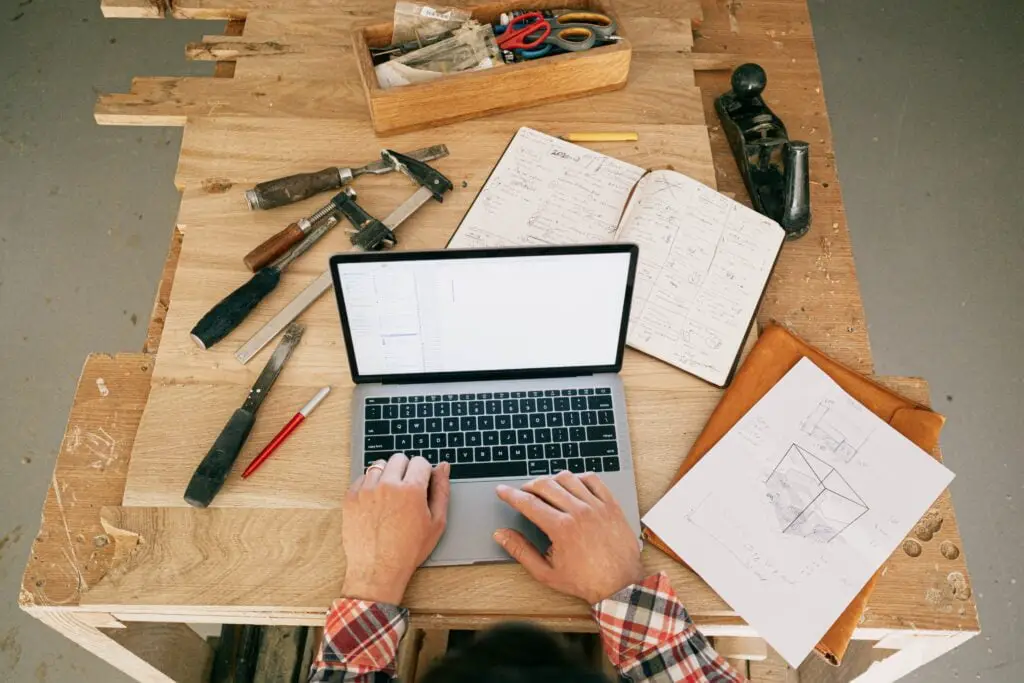A house is a substantial investment in the Philippines. It is critical to follow construction requirements while building a new home or renovating an existing one to ensure the safety and security of your property.
In this blog, we’ll go over the most important construction guidelines in the Philippines that you should observe.
1. Secure Building Permits
It is critical to obtain a building permit from your local government unit before beginning any construction work (LGU). This permit assures that your construction conforms with the government’s building code, zoning rules, and safety standards. Failing to get a building permit may result in penalties, fines, and potentially the structure’s demolition.
2. Follow the Building Code
The National Building Code (NBC) of the Philippines establishes the minimum criteria for building design, construction, and safety. It addresses a variety of construction issues, including fire safety, structural design, plumbing, electrical systems, and ventilation. Building code compliance assures that your structure is safe, secure, and structurally sound.
3. Hire a Licensed Engineer or Architect
It’s critical to hire a licensed engineer or architect to design and supervise your project. They have the knowledge and ability to ensure that your construction conforms with building codes and safety regulations. They can also give you sound advise and recommendations on building materials, construction processes, and cost-effective solutions.
4. Use Quality Building Materials
It is critical to use quality building materials to ensure the safety and durability of your work. Cheap or inferior materials might jeopardize the structural integrity of your structure, putting you and your family at risk. Invest in high-quality materials such as steel bars, cement, and lumber to create a solid and long-lasting structure.
5. Conduct Regular Inspections
Frequent construction inspections are essential to ensure that the project follows the design and meets safety regulations. Inspections should be performed by professional engineers or architects and should include all aspects of the building, including the foundation, walls, roofing, and electrical systems.
6. Install Adequate Fire Protection Systems
Fires are common in the Philippines, thus it’s critical to have proper fire safety systems in your structure. Smoke detectors, fire alarms, fire extinguishers, and sprinkler systems are examples of such devices. Maintain these systems in good operating order and on a frequent basis to keep them running smoothly.
7. Ensure Proper Ventilation
Adequate ventilation is critical for preserving excellent air quality and preventing hazardous pollutants from accumulating in your house. Make sure your building has proper ventilation systems, such as exhaust fans, air vents, and windows. Appropriate ventilation can aid in the prevention of health problems such as respiratory disorders, allergies, and asthma.
Conclusion
In the Philippines, building a safe and secure home necessitates adhering to construction requirements and safety standards. It is critical to obtain a building permit, follow the building code, use licensed specialists, use high-quality materials, conduct frequent inspections, implement fire prevention devices, and provide enough ventilation.
You can preserve your investment and maintain the safety and security of your house by following these tips.
To see other material construction prices, please see here.
To know other construction guides, tips, and methodology for beginners, veterans, and contractors, please see here.

